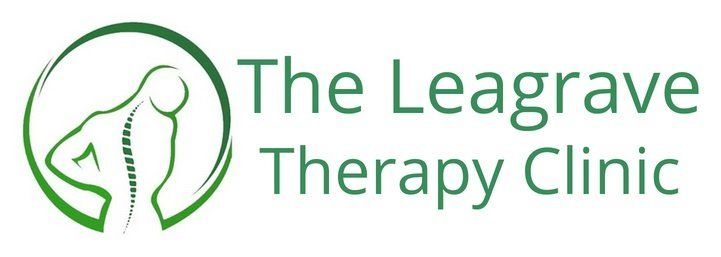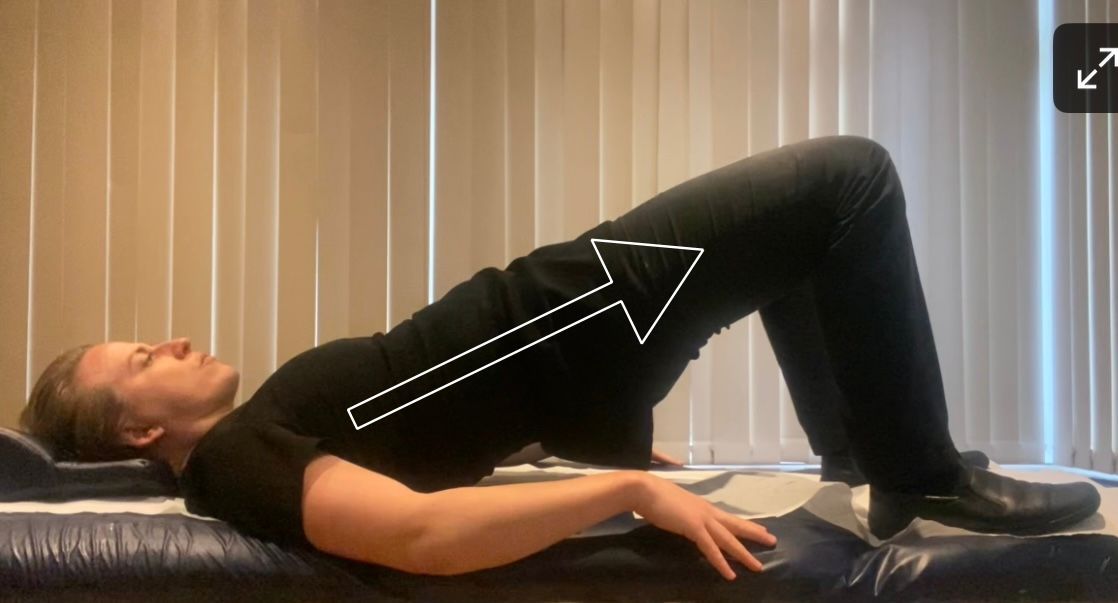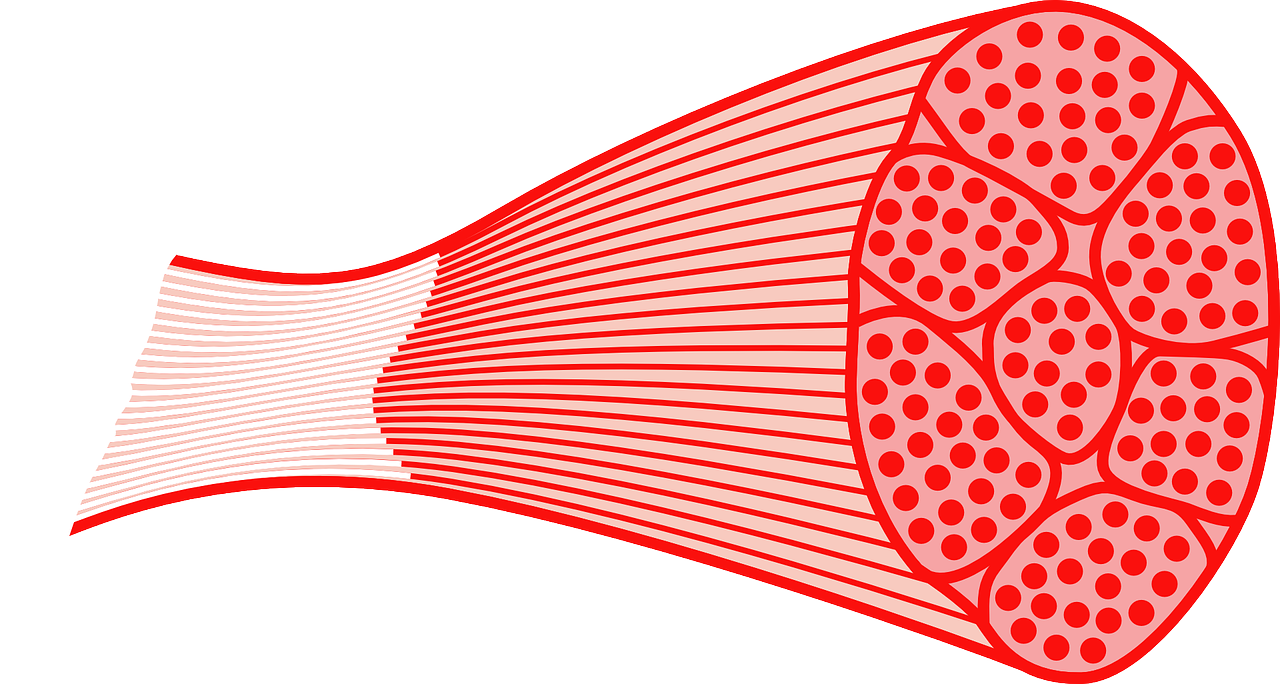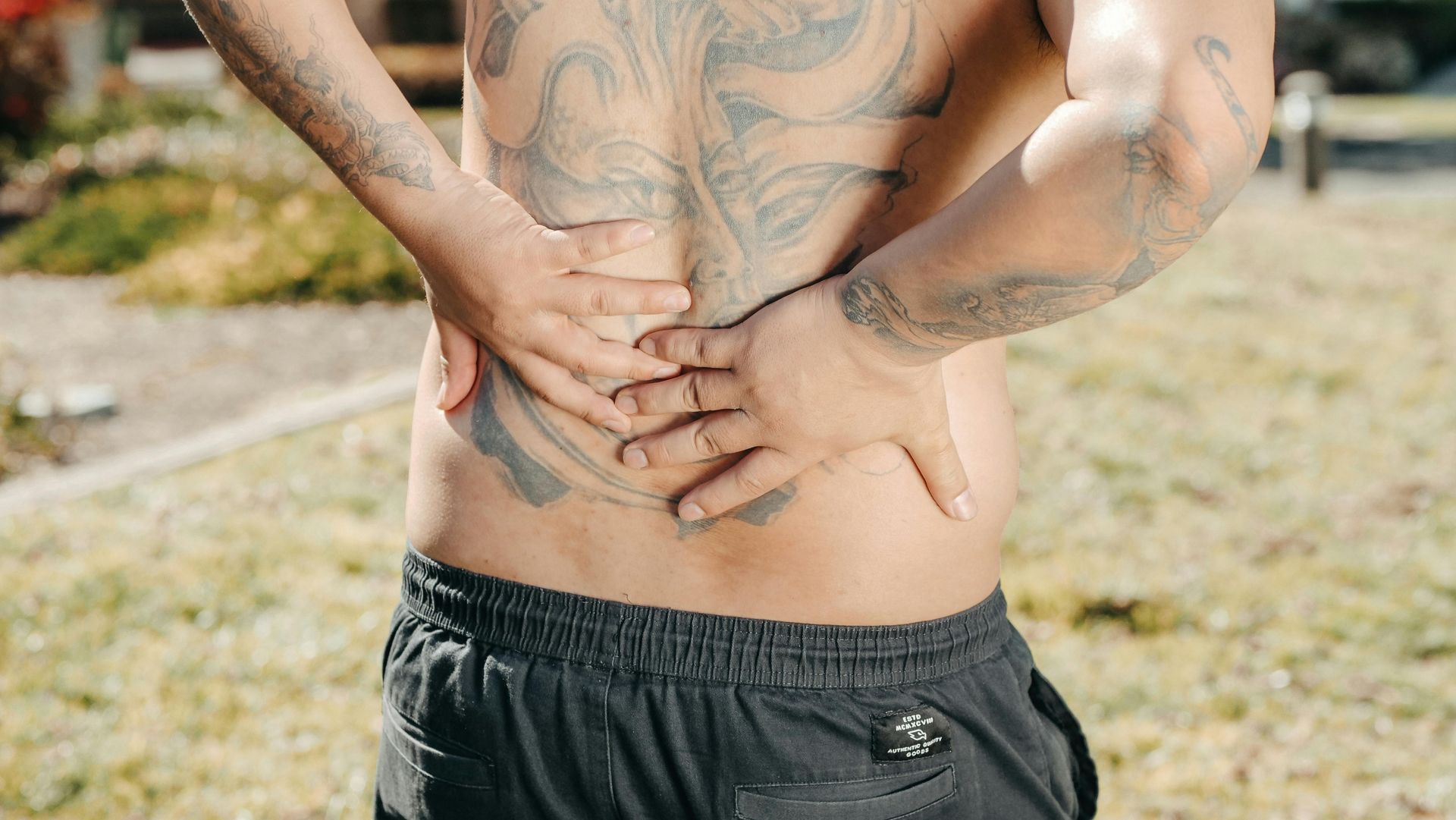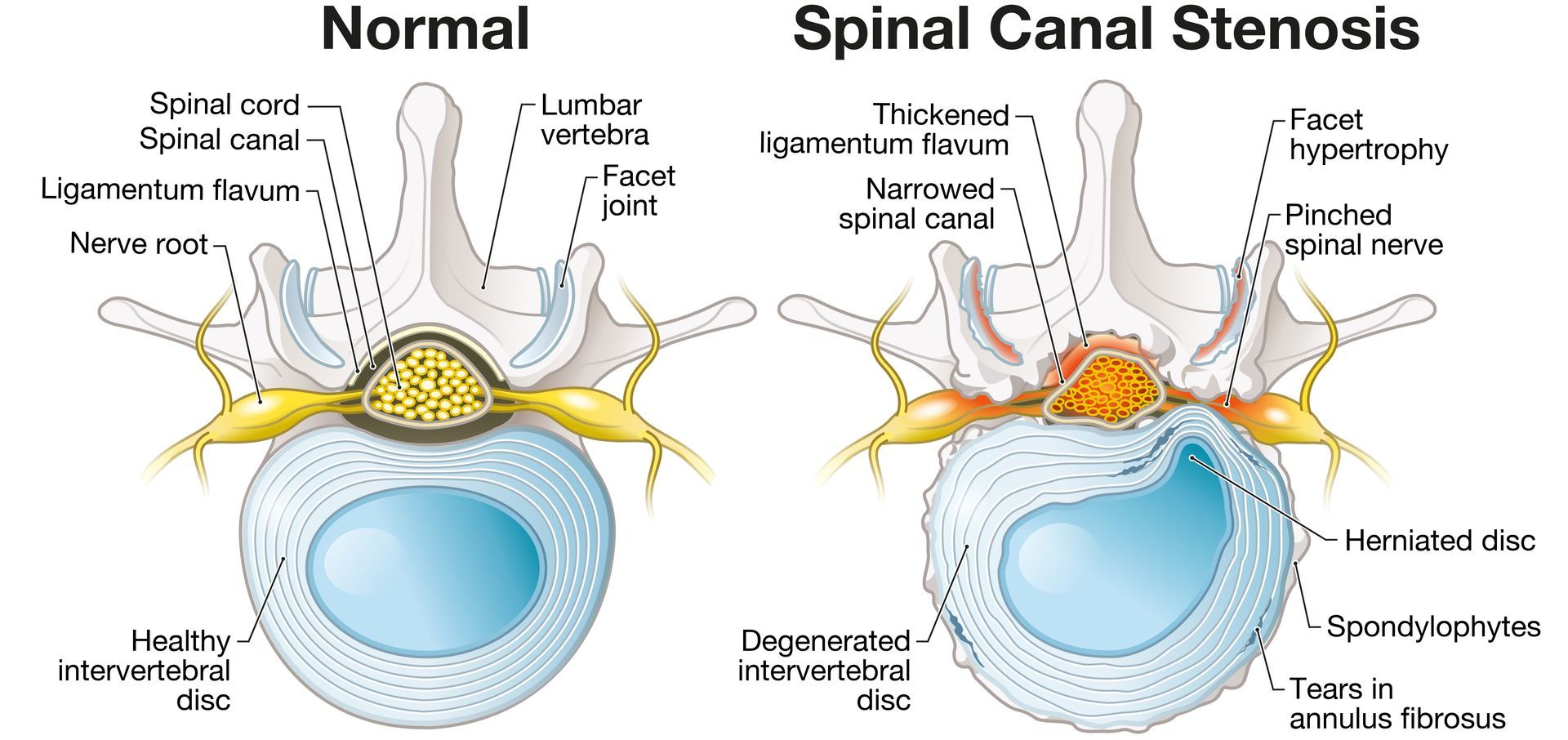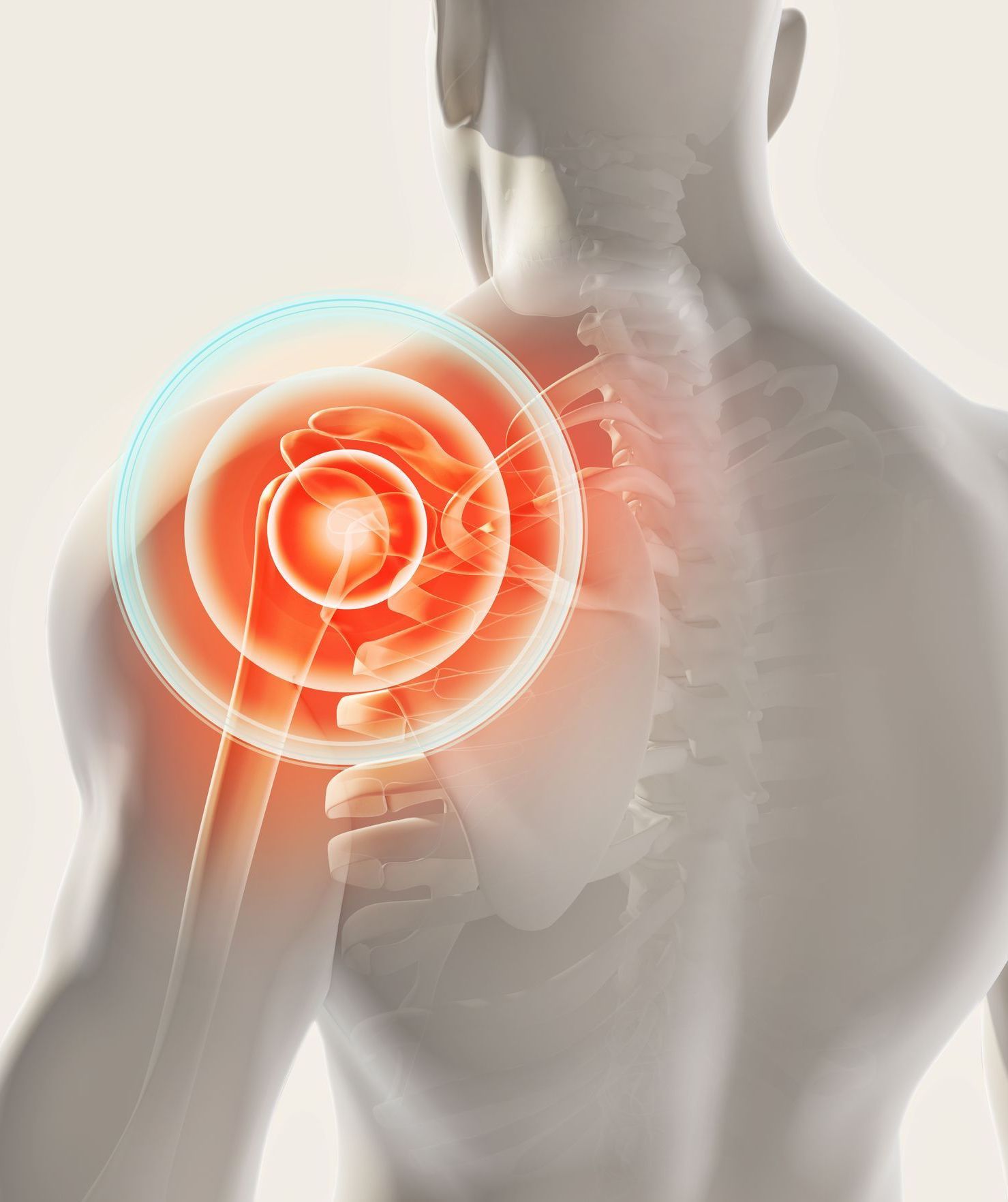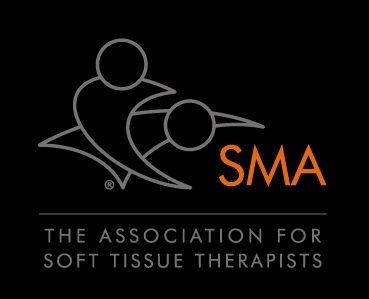Speak to a Friendly Receptionist
The Tilted Pelvis & Injury Prevention
- by Joanna Blair
- •
- 10 Jun, 2024
- •
The Significance of a Pelvic Tilt
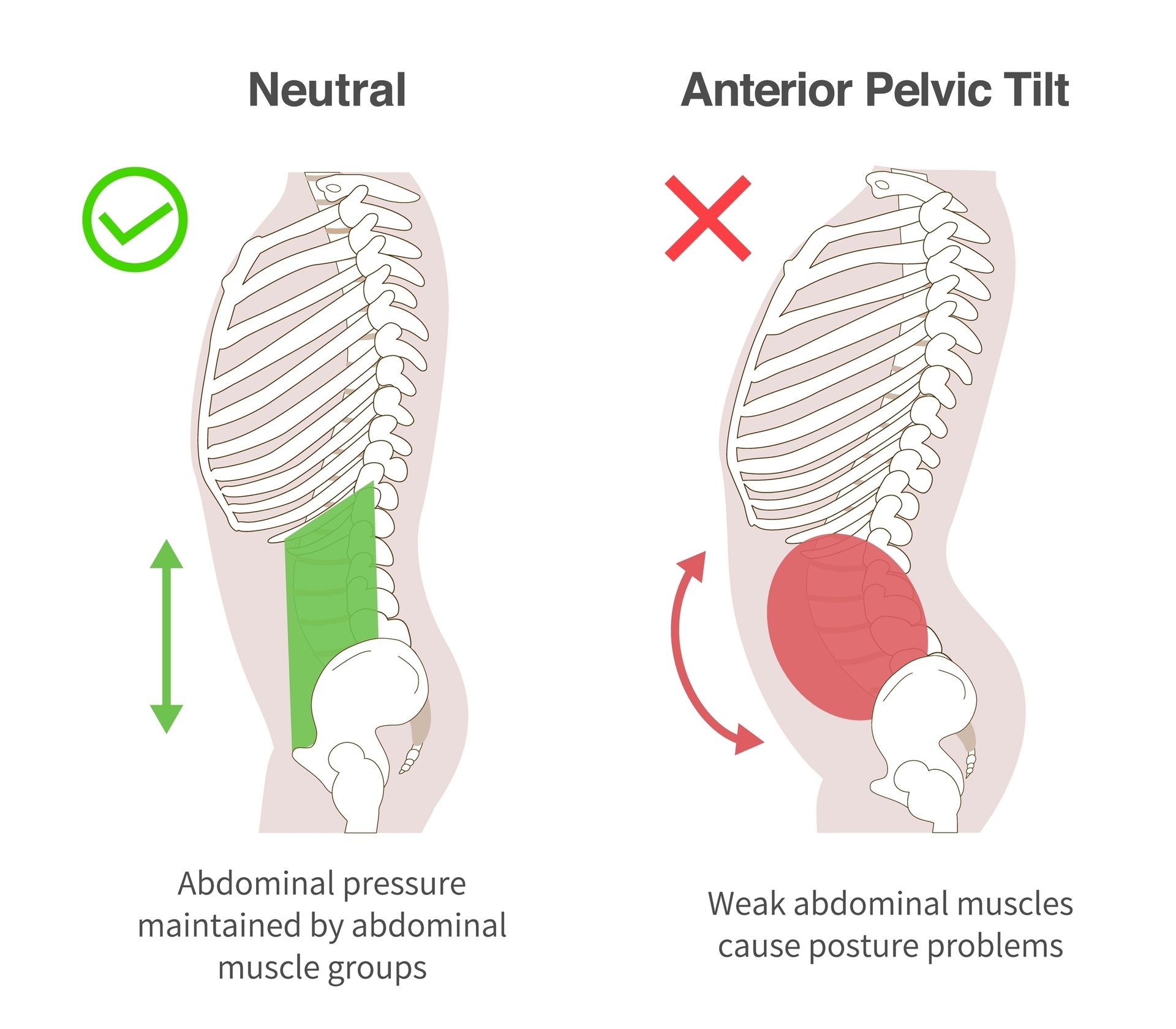
Whilst various clients may look blankly with total confusion at their therapists after such a request, the pelvic tilt is a common exercise to be taught by physical therapists around the world to their patients and for good reason. Years of practise by the author here has established the conclusion that men in particular require the teachings of this technique to prevent injury.
Pelvic tilt exercises can stretch and strengthen the abdominal muscles and help to relieve sciatica and lower back (lumbar) pain. Chun and Jean (2019) highlight how an increased anteriorised pelvic title increases one's lumbar lordosis which leads to a higher risk of falls due to impaired balance and dynamic movements.
Suits (2021) define a pelvic tilt as the spatial position or motion of the pelvis about a frontal horizontal axis on the rest of the body within the sagittal plane (5). It is relevant for several musculoskeletal conditions commonly seen in physical therapy practices, particularly conditions affecting the hip and groin.
Hamstring Strains & the Pelvic Tilt
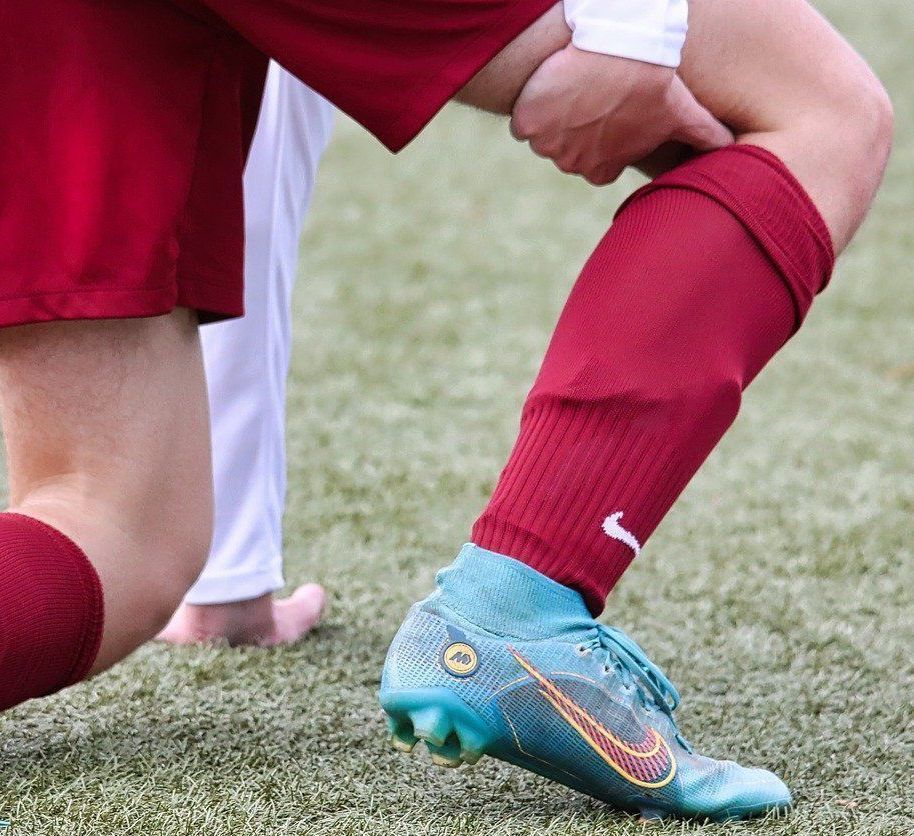
Mendiguchia et al., (2024) agree with that an increased anterior pelvic tilt produces a significant increase in muscular tissue elongation in all the three hamstring muscles i.e. semitendinosis (SMD), semimembranosus (SMB)and long head of biceps femoris. Their conclusion revealed that pelvic positioning plays a fundamental role as a strain regulator of the hamstring muscles and impact injury rehabilitation. Appreciating and understanding the maintenance of neutral pelvic positioning can highly impact injury rehabilitation and prevent hamstring injuries.
Pregnancy
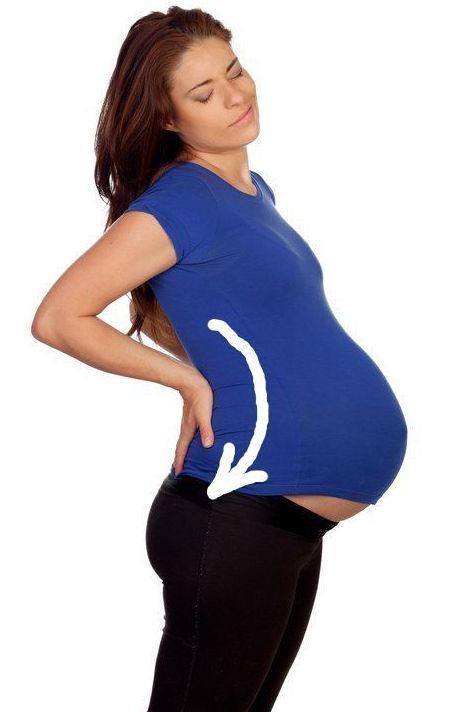
Sports Hernias and the Anteriorised Pelvis

Waryasz (2010) supported the conclusion that biomechanical alterations associated with an increased anterior pelvic tilt may increase the likelihood of sports hernias and osteitis. They encouraged the method of providing a strength and conditioning program that focuses on the prevention or correction of biomechanical imbalances of the anteriorised pelvis to reduce the risk of sports hernias and osteitis pubis.
Training programs should focus on abdominal strength and hip flexibility, while still incorporating power, strength, and dynamic flexibility in the lower extremities (6). Interestingly, Waryasz (2010) highlight the requirement of preventing unwanted lumbar spine lordosis and the reduction of an anteriorised tilted pelvis to ensure the activation of the gluteus maximus and hamstrings and prevent overloading the erector spinae muscles.
According to Waryasz (2010), sports hernias are the result of damage to the fascial structure of the inguinal region which leads to abdominal wall laxity combined with adductor/hip flexor dysfunction. Osteitis pubis is a lytic bone response to forceful adductor movements. Both sports hernias and osteitis pubis have been proposed to occur because of some degree of adductor dysfunction due to lack of flexibility (6).
How To Perform A Pelvic Tilt
To do a basic pelvic tilt:
- Lie on your back on the floor (or on a mat on the floor) with the knees bent and feet flat on the floor. Allow your back to maintain a natural curve, leaving space between your low back and the mat. You should be able to slide your hand into this space.
- Inhale. Then as you exhale, engage your abdominal muscles and pull your belly button up towards your head, the pubis of the pevlis should also rotate towards the head. The buttocks will slide down towards the feet.
- This is should close the space between your low back and the mat or floor. You'll feel a gentle stretch of your low back.
- Inhale, allowing your spine and pelvis to return to the original position.
- Do 5 to 10 reps.
1. Chun, S., Jeon, K. (2019) Effects of Muscle-Strengthening Intervention Exercise on Pain Alleviation and Postural Control in Patients with Chronic Low Back Pain, Iran J Public Health, 48; 1: 171-172.
2. Kellis, E., Konstantopoulos, A., Salonikios, G., Ellinoudis, A. (2024) Does Pelvic Tilt Angle Influence the Isokinetic Strength of the Hip and Knee Flexors and Extensors?, J. Funct. Morphology. Kinesiol., 9; 2: 73.
3. Morino, S., Ishihara, M., Umezaki, F., Hatanaka, H., Yamashita, M., Aoyama, T. (2019) Pelvic Alignment Changes During Perinatal Period, PLoS One, 14; 10.
4. Mendiguchia, J., Garrues, M. A., Schilders, E., Myer, G. D., Dalmau-Pastor, M. (2024) Anterior Pelvic Tilt Increases Hamstring Strain and is a Key Factor to Target for Injury Prevention and Rehabilitation, 32;3: 573-582.
5. Suits, W. S. (2021) Clinical Measures of Pelvic Tilt in Physical Therapy, International Journal of Sports Physical Therapy, 16; 5: 1366–1375.
6. Waryasz., G. (2010) Exercise Strategies to Prevent the Development of the Anterior Pelvic Tilt: Implications for Possible Prevention of Sports Hernias and Osteitis Pubis, National Strength and Conditioning Association, 32; 4: 56-65.
